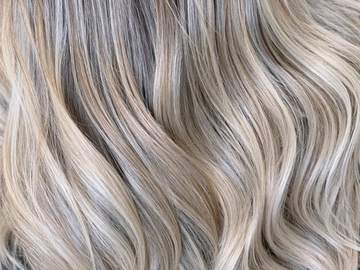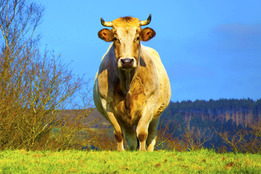What to KnowBlond and blonde are two spellings of the same word. If you want to follow the traditional spelling convention, use blonde for girls and women, and blond for boys and men.

You can describe this image as either blonde or blond
Blond and blonde are two spellings of the same word.
As an adjective, blond and blonde both describe hair that is yellow or very light brown (“short blond/blonde hair”) and someone who has hair of that color (“three blond/blonde kids”). According to tradition, and because of French, blonde (with the feminine French ending) is typically used of girls and women, and blond (with its masculine French form) is typically used of boys or men:
She has blonde hair like her dad.
Two of the boys are blond like their dad.
The adjective also describes things unrelated to hair, and in those cases the form blond is the norm:
blond wood (less commonly: blonde wood)
an animal with blond fur (less commonly: an animal with blonde fur)
As a noun, blond and blonde refer to a person who has yellow or very light brown hair, as in “the twins are both blonds/blondes,” or they refer to a light yellowish brown to dark grayish color, as in “a room painted in blues and blonds.” As with the adjective, the noun usually heeds the distinction of its French ancestry:
He’s been a blond his whole life.
She and her sister are both blondes.
If you want to follow the traditional spelling convention, use blonde for girls and women, and blond for boys and men.




